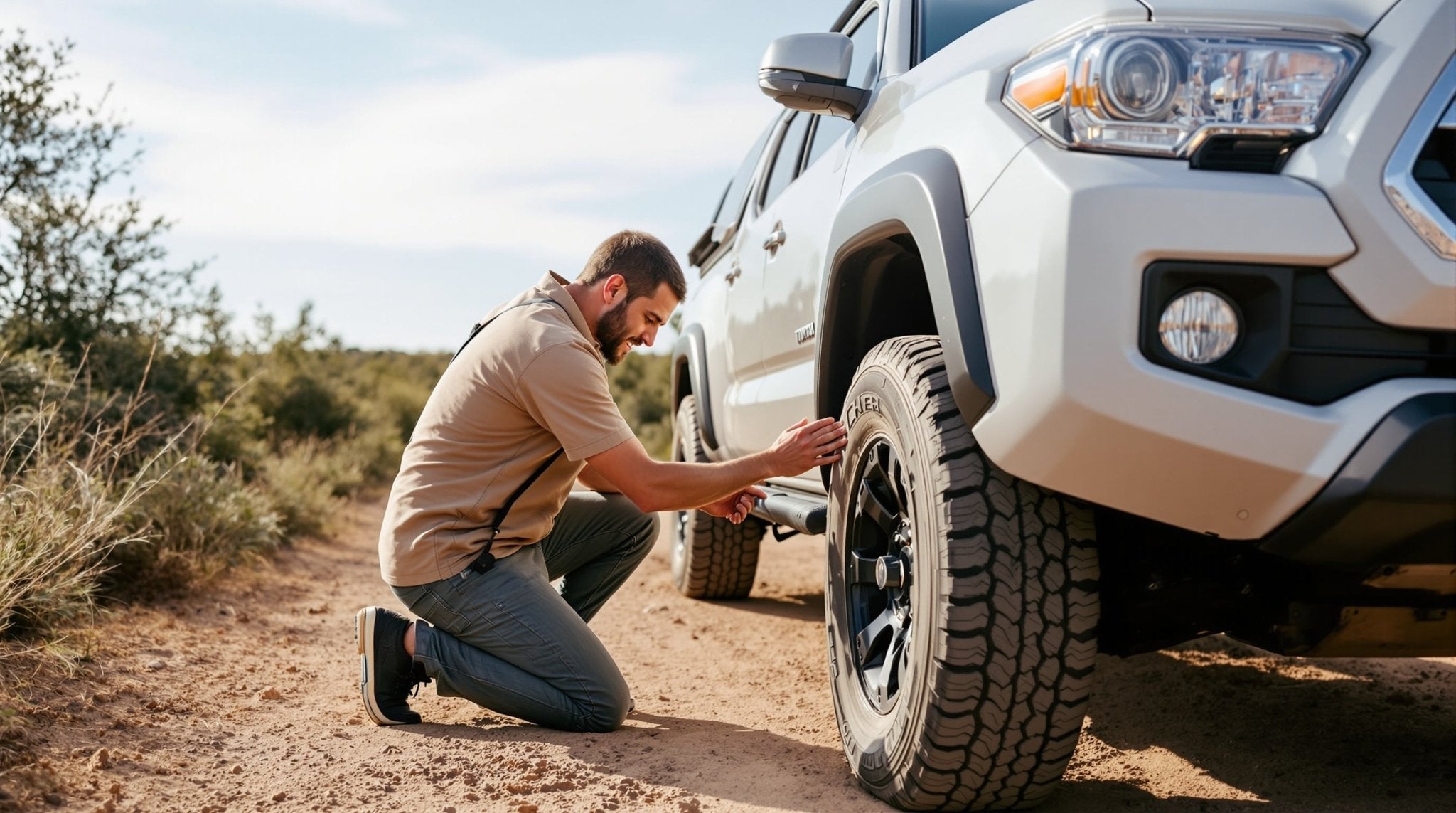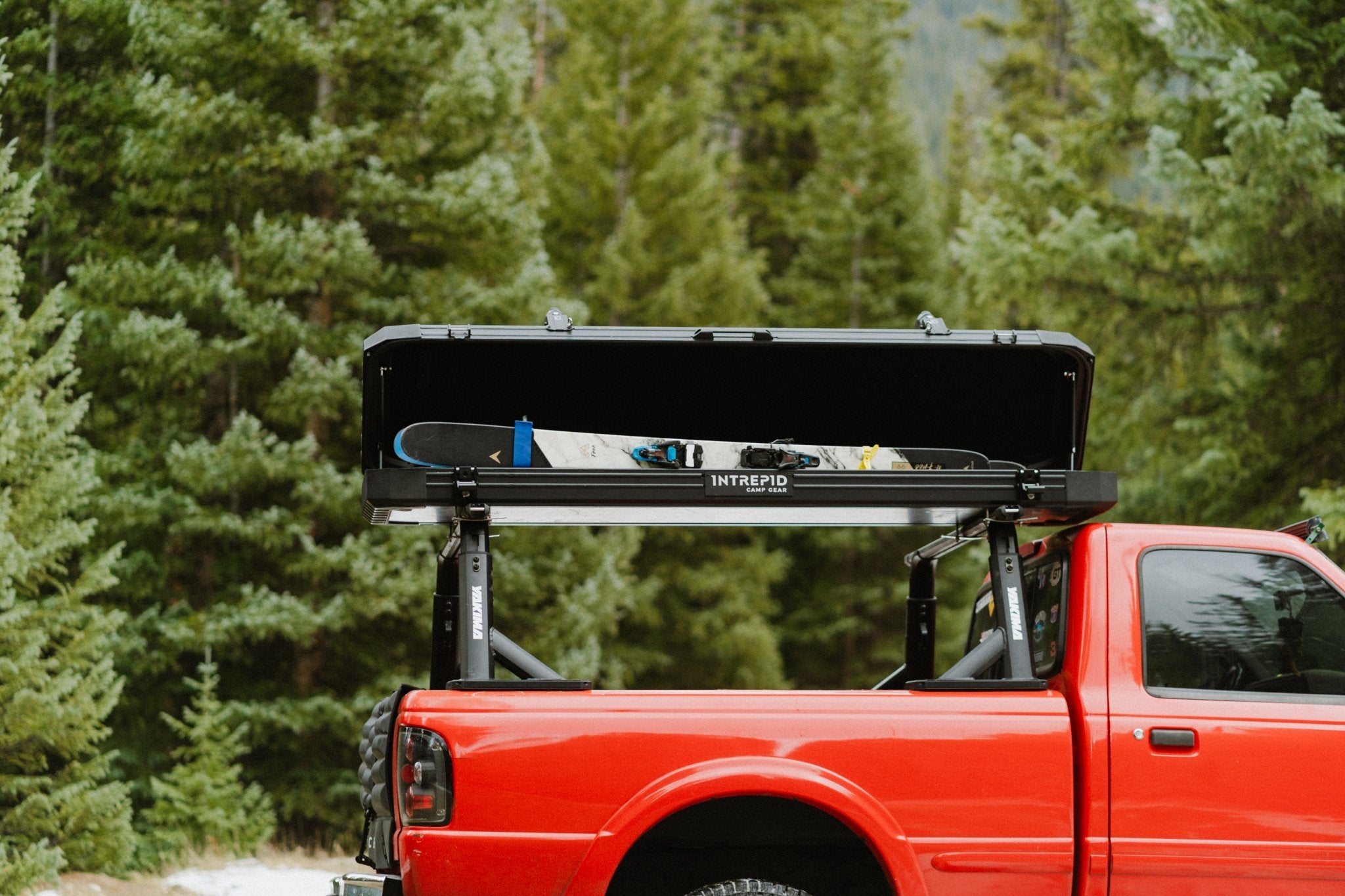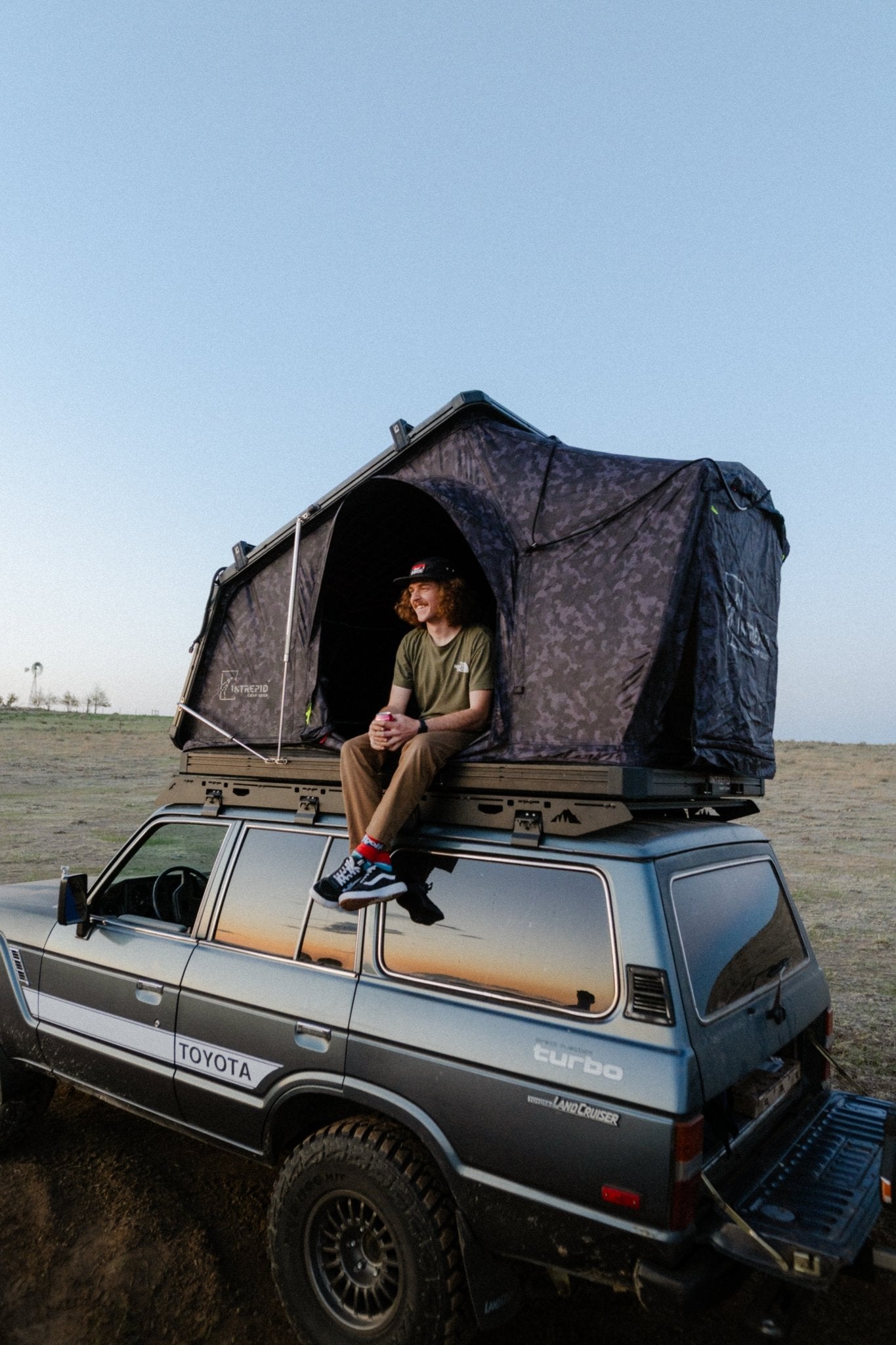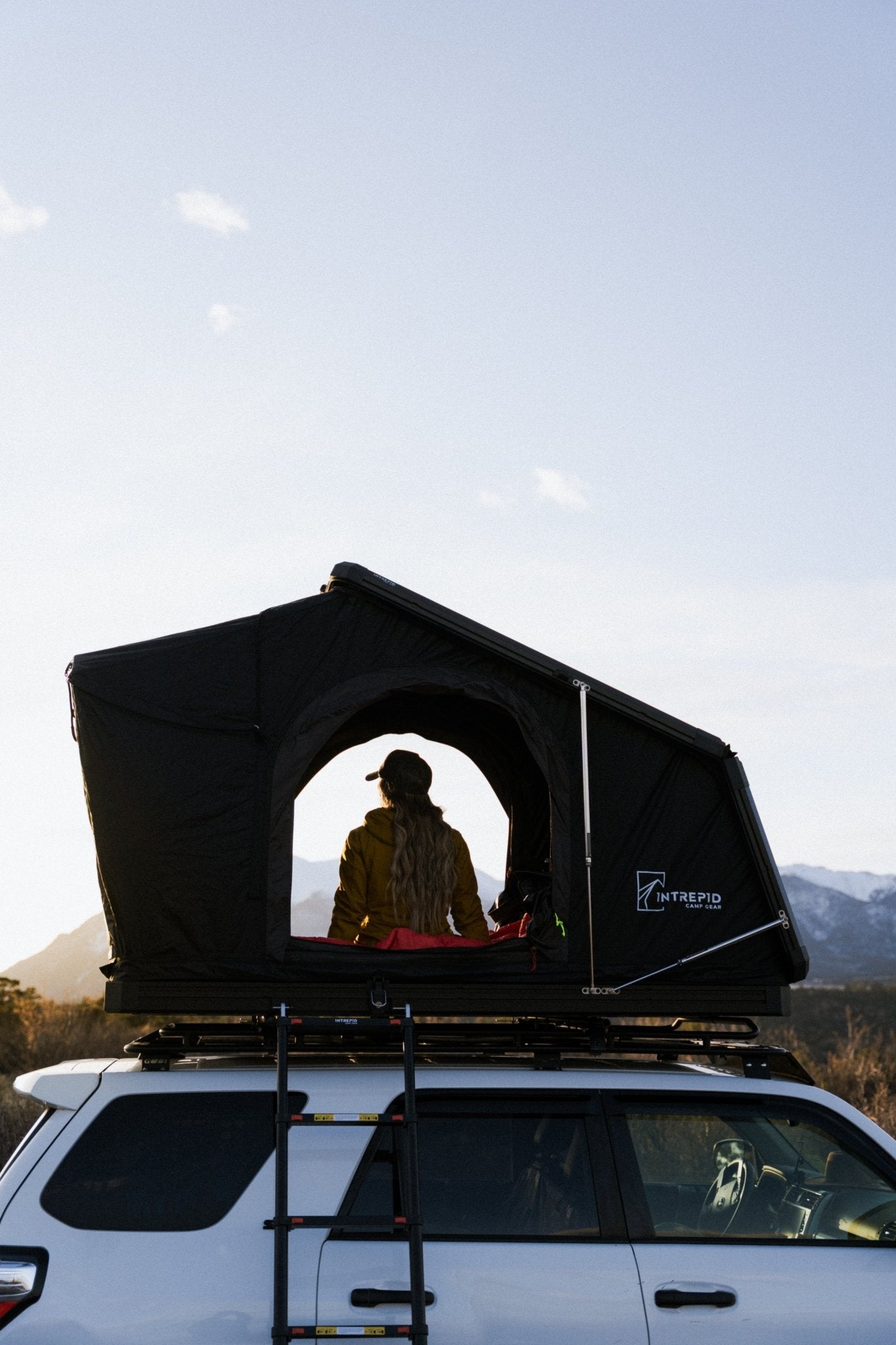Imagine a journey where the road itself is the destination, and your vehicle is the key to unlocking remote, breathtaking landscapes. This is the heart of overland camping, a style of adventure that is soaring in popularity for the unparalleled freedom and self-sufficiency it offers. It’s about more than just reaching a campsite; it’s about embracing the journey and discovering the world on your own terms. This guide will provide the essentials you need to start, from choosing your vehicle and gear to finding epic locations and beginner tips.
What Is Overland Camping?

Overland camping is a form of self-reliant adventure travel to remote destinations where the journey is the primary goal. Unlike traditional car camping, where you drive to a single, established campsite, overlanding is about exploration and movement. Your vehicle is not just transportation; it's your mobile basecamp, equipped to handle rugged terrain and sustain you for days or even weeks off the grid. The focus shifts from the destination to the entire experience of traveling through and connecting with the landscape.
Key characteristics of overland camping:
- Vehicle-based travel as your primary accommodation.
- Emphasis on self-reliance and off-grid capability.
- Combining driving with exploring remote or scenic areas.
- Often involves rooftop tents, camper conversions, or sleeping in the vehicle.
- Flexible, extended trips instead of single-night stays.
Choosing the Right Vehicle
Matching your vehicle to your travel style is the first step in building your ideal overlanding setup. While a decked-out 4x4 is a common sight, many capable vehicles can get you started on your adventure. The best choice depends on where you plan to go, how much gear you need to carry, and your budget.
Factors to consider when selecting or modifying a vehicle:
- Clearance and off-road capability: Higher ground clearance and a capable 4WD or AWD system are crucial for tackling rough, unpaved roads.
- Cargo space for gear: Ensure you have enough room for all your essentials without overloading the vehicle or creating an unsafe driving condition. For tips on storage solutions, check out our guide on how to choose the right cargo box.
- Roof rack compatibility for rooftop tents: A sturdy roof rack is necessary if you plan to use a rooftop tent, a popular and convenient overlanding shelter.
- Fuel efficiency and range: A vehicle with good fuel economy and a larger tank allows you to explore more remote areas without constant worry.
- Reliability and ease of repairs on the road: Choose a vehicle known for its dependability, as mechanical issues can be a major problem far from a repair shop.

Essential Gear for Overland Camping
Successful overlanding hinges on smart preparation and reliable gear. Your equipment should not only make your trip more comfortable but also keep you safe in remote environments. Investing in quality, durable gear tailored for off-grid travel ensures you are ready for whatever the journey throws your way.
- Sleeping setup: This is your home on the road, whether it’s a high-quality rooftop tent that sets up in minutes, a ground tent, or a custom build-out inside your vehicle. Comfort is key for getting the rest you need for long days of exploring.
- Cooking gear: A portable camp stove, durable cookware, and a cooler or powered fridge allow you to prepare satisfying meals anywhere. A well-fed adventurer is a happy adventurer.
- Navigation: While phone apps are useful, they can fail in areas without cell service. A dedicated GPS unit and physical maps are essential backups for staying on course.
- Safety and recovery: Don't leave home without a comprehensive first-aid kit, a fire extinguisher, and recovery gear like traction boards, a shovel, and a tow strap.
- Lighting and power: Reliable headlamps, lanterns, and a portable power station or solar panel setup are crucial for powering devices and illuminating your campsite after dark.
- Water and food storage: Carry more water than you think you'll need in secure containers, and use durable, animal-proof storage for your food supplies.
Where You Can Go Overland Camping

One of the greatest appeals of overlanding is the vast array of places you can explore. The type of location you choose will shape your experience, from the rugged solitude of public lands to the convenient amenities of a private campground. Always research local regulations and land use rules before you go. If you plan to sleep in your vehicle, be sure to read our article on whether it’s illegal to sleep in your car to avoid unexpected fines or legal issues. With that said, here is a list of places you can overland camp:
- BLM Land: The Bureau of Land Management oversees millions of acres of public land, primarily in the western US, that often allow for free, dispersed camping. This is the heartland of classic overlanding.
- National Forests: U.S. Forest Service lands offer a mix of developed campgrounds and dispersed camping opportunities along forest service roads, providing incredible access to nature.
- Designated overlanding routes: Many regions feature well-known overlanding trails, like the Alpine Loop in Colorado or the Mojave Road in California, that offer a curated adventure with established routes.
- State Parks: While often offering more structured campgrounds, many state parks provide a safe and scenic base for exploring a region, complete with amenities like showers and restrooms.
- Private campgrounds: For a more comfortable experience or a guaranteed spot, private campgrounds and services like Hipcamp offer unique locations with reliable facilities.
Tips for New Overland Campers
Diving into your first overlanding adventure is an exciting moment. Setting yourself up for success is all about starting smart and building your experience gradually. These tips will help you navigate your initial trips with more confidence and less stress.
- Start with short, local trips to test your vehicle and gear.
- Plan your route ahead of time but remain flexible for spontaneous detours.
- Practice using your recovery gear before you actually need it.
- Master the Leave No Trace principles to protect the landscapes you explore.
- Learn basic vehicle maintenance, like how to change a tire and check fluids.
- Pack layers of clothing to adapt to rapidly changing weather conditions.
- Always tell someone your route and expected return time.
- Download offline maps and trail guides to your phone or GPS device.
- Start with easier, well-traveled roads before tackling highly technical trails.
How to Be Safe When Overland Camping

Your safety is the most important part of any adventure. When you're miles from the nearest town, being prepared and making smart decisions is essential. A proactive approach to safety ensures you can handle unexpected challenges with confidence.
Safety tips for overland camping:
- Know the local regulations: Research rules for campfires, camping, and road access for your destination.
- Check weather conditions: Always have the latest forecast and be prepared for sudden storms or temperature drops.
- Maintain your vehicle: Perform a thorough inspection of your vehicle before every trip, checking tires, fluids, and brakes.
- Bring a first aid kit: Your kit should be well-stocked and you should know how to use it.
- Secure food and trash: Store all food items and trash properly to avoid attracting wildlife.
- Stay connected: Carry a satellite messenger or personal locator beacon for communication in areas without cell service.
- Travel with a buddy: Whenever possible, travel with another vehicle for support in case of a breakdown or emergency.
Overland Camping FAQs
1. What is the difference between camping and overlanding?
Camping is about the destination—a specific campsite where you set up. Overlanding is about the journey—using a capable vehicle to explore remote areas, where travel itself is the main focus. It emphasizes self-reliance and mobility over staying in one spot.
2. Do I need 4x4 for overlanding?
While a 4x4 vehicle opens up more rugged and remote terrain, it isn't strictly necessary. Many adventures can be had with a capable all-wheel-drive (AWD) or even a sturdy two-wheel-drive vehicle, especially on well-maintained forest service roads and established trails.
3. Is overlanding safe for solo travelers?
Yes, with proper preparation. Solo overlanders must be extra vigilant about safety. This includes having reliable communication devices (like a satellite messenger), telling someone your detailed itinerary, and possessing solid vehicle recovery and first-aid skills. Starting with more popular routes is a great strategy. If you're a woman considering venturing out alone, check out our guide to solo camping for tailored advice and safety tips.
4. Can you overland in a car?
Yes, "soft-roading" in a capable car like a Subaru Outback or another AWD crossover is a great way to start. While you may not tackle extreme trails, you can still access thousands of miles of unpaved roads, national forest land, and scenic byways for an incredible adventure.






Share: